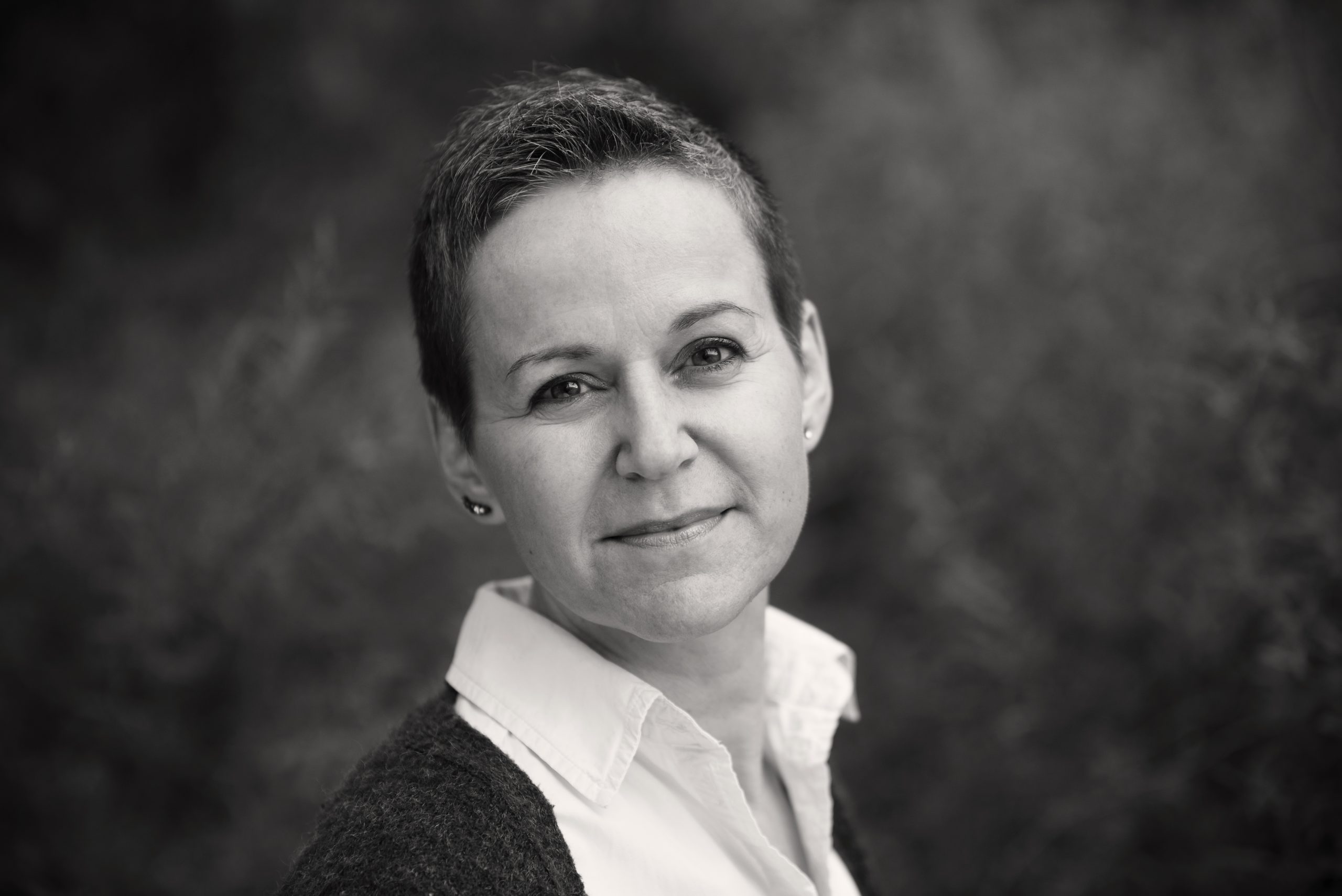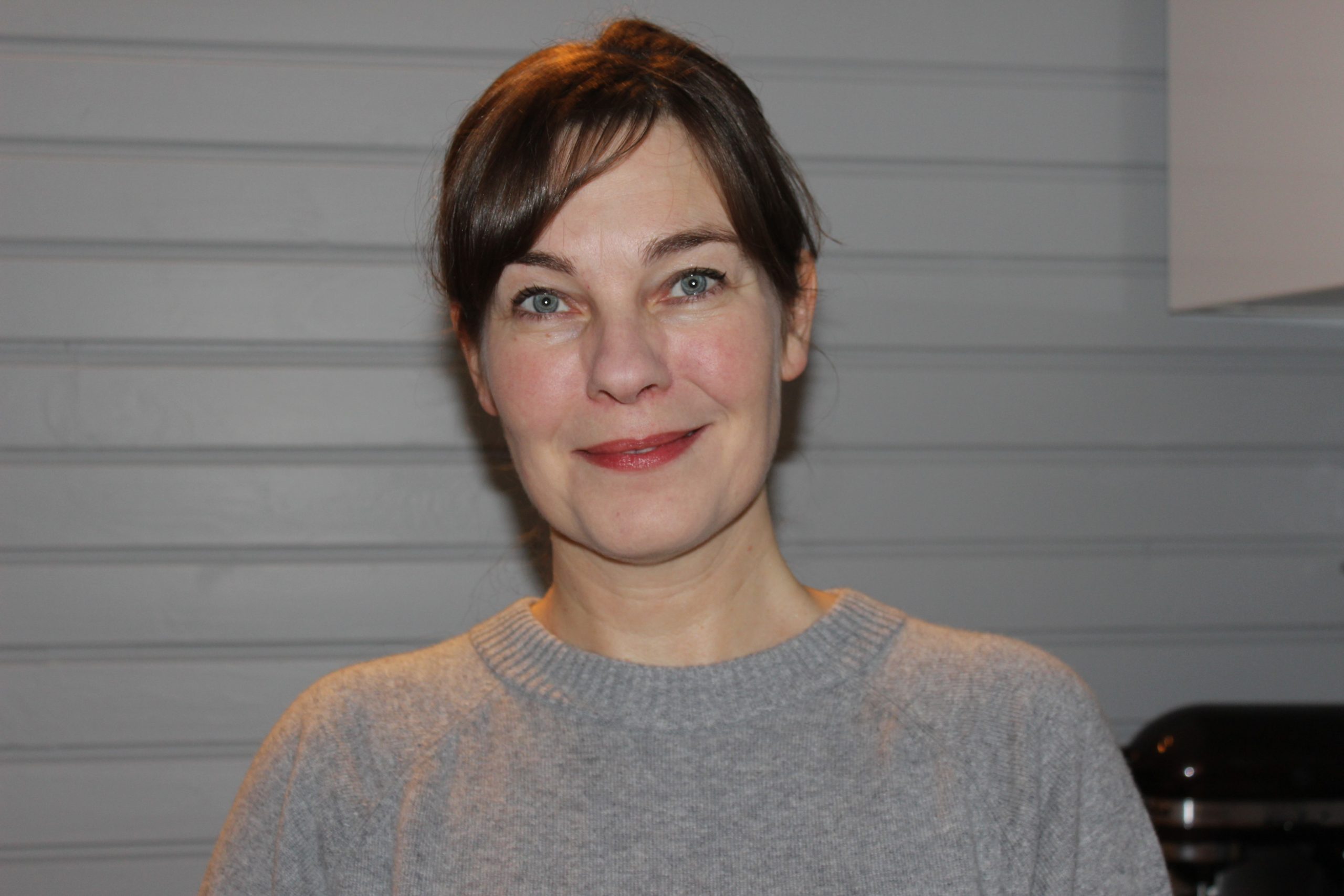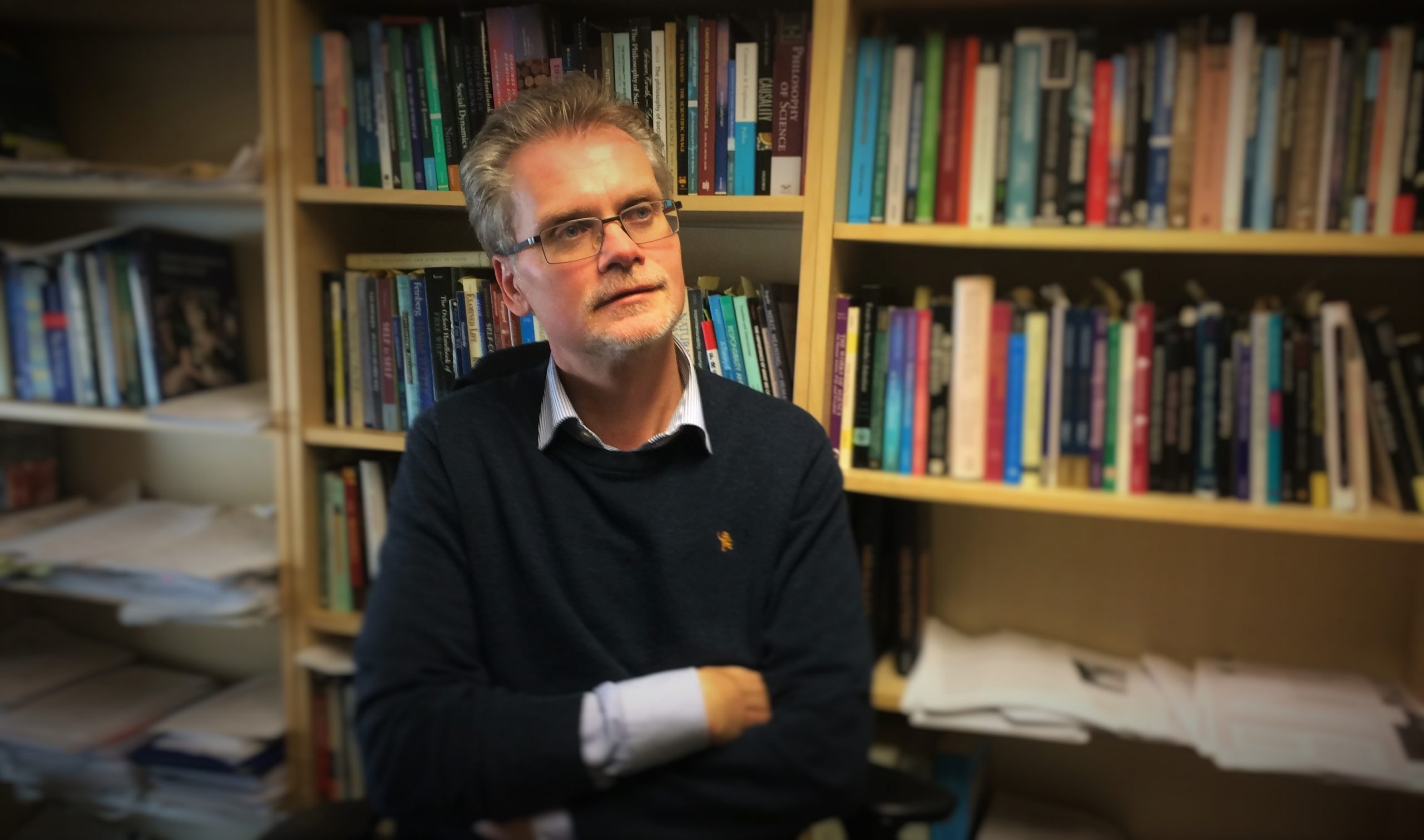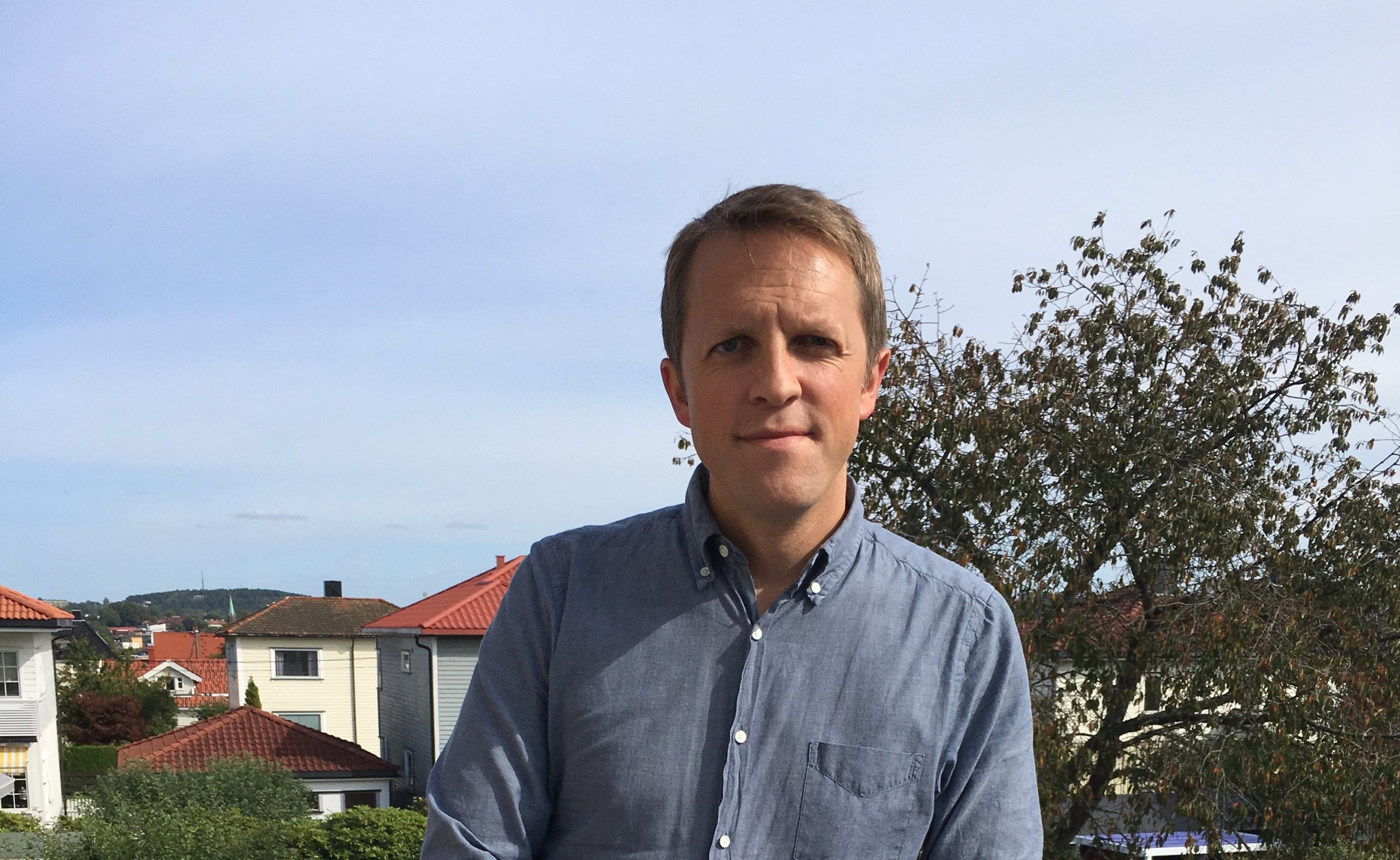Professional Perspectives: Interview with a Personal Injury Trial Attorney
In Professional Perspectives, we invite professionals of all stripes to tell us about ethics as it is relevant to their professional life. Today we present an interview with Mario Palermo, a personal injury trial attorney who practices law in Chicago. Mario is passionate about ethical practice, and has also written a piece on advice he has for attorneys who wish to avoid the common ethical pitfalls of the trade, which you can find below the interview.
Tell us a bit about your profession. What do you do?
I am a personal injury trial attorney. I help injured people and their families.
Do you find ethical reflection and decision-making to be a significant part of your work?
Yes. My job is to put the interests of my injured clients above all others, including my own. I am always mindful of this mantra. I have to balance my role as my client’s representative with the rules of ethics and evidence. I have to zealously advocate for my client while adhering to the rules.
The hardest challenge is when the best interests of my client are not consistent with my client’s desires. This comes up when deciding on how or whether to use a piece of evidence or in settlement negotiations.
What types of ethical situations do you encounter in your work?
I have to mindful of conflicts of interest. For example, if a family comes to me for help after a car crash, it may not be appropriate to represent the driver and the passengers if the driver may be found to be partially responsible for causing the crash. I have to make decisions at trial regarding how to use evidence or how to frame an argument. If you go too far, it can result in a mistrial.
Can you describe a case that was, ethically, particularly interesting or difficult for you?
A took on a case where a mother and her children were seriously injured in a car wreck. I liked them all. They are a beautiful family. I agreed to represent them all because it appeared that the defendant, a young, inexperienced driver, was the sole cause of the violent wreck. The defendant turned in front of the family at an intersection where the family had the right of way. The defendant admitted to the police at the scene that she did not know what color the traffic light was before the collision. Meanwhile, the mother was 100% sure she had a green light.
Unfortunately, the defendant changed her story when I questioned her under oath. Her new story was that she was sure the mother ran a red light and that she had a green arrow. I did not believe her. Despite the obvious issues with the defendant’s credibility, I was placed in a position where I had to decide whether to represent the children OR the mother. Why? Because the children, as passengers, could not be to blame and it could diminish the children’s recovery if the jury somehow believed the defendant’s new story.
This was difficult because I did not want to disappoint or divide the family who trusted me and wanted me to represent all of them. I decided it was best to continue to represent the children and withdraw as the mother’s attorney. What’s worse is that not only could I no longer ethically represent the mother, but I was duty-bound to name the mother as a defendant as well. I did not want to do this. I risked losing the whole family as clients and was giving up significant legal fees because the mother was seriously injured. It was not pleasant explaining to the family what I had to do but it was the right thing to do. In the end, it worked out great for all concerned.
What are some significant factors in your ethical reflections and decisions in professional life, and why?
Ethical codes are the starting point and compass. They must be adhered to. They often provide guidance, even when a situation is not directly governed by them. However, the codes cannot cover every situation. When there is truly a grey area, I rely on open communication and full disclosure to the client. The best course is to let the client decide after being fully and fairly informed. I work hard to earn my client’s trust. In the end, if there is a difficult decision, I advise them what I would do if I was representing my mother in a similar situation and I explain why.
How do you go about making ethical judgments and decisions in your professional life?
I start with the rules. Mantra one is that I place my client’s interests above all others, including my own. Mantra two is I explain to my client what I would do if I was advising my mother in a similar situation. If my client insists on steering into disaster, I patiently but persistently educate them. There have only been a couple of occasions in 21 years of practice where I had to withdraw from representing someone that insisted on steering into an iceberg.
A big thanks to Mario for contributing to Professional Perspectives! Would you like to contribute? We want to hear from all kinds of professionals. Send me an email at ainar@oslomet.no and mark it with Professional Perspectives if you want to contribute.
Below you can find Mario’s list of Ethical pitfalls for personal injury attorneys:
5 Ethical Pitfalls Attorneys Must Avoid in Personal Injury Cases
By Mario Palermo
Attorneys play a crucial role in society as they are responsible for upholding the law and protecting individuals’ rights against abuse and crime. The profession’s combined reputation is critical to the trust it inspires amongst the general public. In other words, if lawyers do not adhere to and promote the ethics and principles of fairness and equality, the public’s confidence in law will be undermined, hindering their access to justice. Consequently, as the guardians of law, attorneys are expected to practice certain professional ethics such as placing the interests of their clients above their own and striving to obtain respect for the court of law.
An attorney representing personal injury cases often faces several pitfalls that can lead to unethical conduct. In this era of suspicion against personal injury lawyers, even the most straightforward personal injury case can trigger a variety of ethical dilemmas. Furthermore, the motives of the individuals making the personal injury claims are not always clear. On several other occasions, owing to poor legal outcomes, lack of trust, and increased frustration, clients resort to filing disciplinary complaints or suing the attorneys and the law firms for unprofessional conduct.
Here are five commonly-encountered ethical pitfalls that attorneys must avoid in order to uphold the dignity of the judicial office and build a trustworthy relationship with their clients.
1. Lack of Communication
Poor communication with clients can cause a serious rift in a personal injury case, making it challenging for the attorney to get the client’s support and information required with regards to the incident.
A personal injury attorney is required to listen to his/her clients’ grievances, address their concerns, and ensure that they have had a realistic understanding of what to expect from the case.
The rule 1.3 of the D.C. Rules of Professional Conduct states that –
- (i) a lawyer shall represent his/her client zealously and diligently within the bounds of the law and
- (ii) a lawyer shall act with reasonable promptness in representing his/her client
In order to be ethically compliant with the professional ethics, a lawyer must make an effort to effectively communicate with the client, analyze the legal issue, and inform the client regarding the changing laws and the prevailing circumstances.
2. Conflict of Interest and Lack of Confidentiality
Conflict-of-interest situations often raise complicated ethical dilemmas. For instance, it is against the professional ethics of an attorney to represent both parties in the same or related personal injury litigation.
The lawyer-client relationship is based on trust and confidence. Hence, it is crucial to run conflict checks early in order to determine the general nature of the personal injury case and the names of the parties involved. Conflict checks ensure that a lawyer’s commitment to his/her client isn’t disturbed by his/her commitment to another party.
Similarly, it is unethical for a lawyer to share his/her client’s confidential information even when the case has been resolved. The rule states that ‘a lawyer shall not reveal information relating to the representation of a client unless the client gives informed consent.’ Therefore, lawyers are required to fulfill a duty of confidentiality towards their clients, encompassing all the aspects of the representation.
3. Placing a Monetary Figure without Thorough Case Examination
It is an extremely poor ethical conduct for a lawyer to guarantee the client of the legal outcome of the court proceedings. Moreover, an ethical personal injury lawyer will never tell a client what his/her case is worth without sifting through the medical records, the case papers, the insurance documents, and other evidence pertaining to the case.
4. Failure to Correct False Testimony or Evidence
One of the trickiest situations faced by attorneys is when the client hides facts or gives false testimony or provides false evidence. A lawyer has a duty to prevent the court from being misled by false statements and evidence.
When faced with such a situation, an attorney should talk to his/her client and ask him/her to retract the false evidence or testimony in the presence of the court. In case the client refuses to comply, the lawyer may withdraw from the case after informing the client. However, the lawyer’s duty of confidentiality still remains after withdrawing from the case.
5. Indulging in Unethical Advertising
Advertising about the services of a law firm or an attorney has constitutional protection under the Rules of Professional Conduct provided the statements and claims in the advertisements are ‘truthful and not misleading.’ For instance, statements such as ‘We win 99 percent of personal injury claims in Chicago’ or ‘We are Chicago’s most preferred personal injury attorneys’ must be avoided unless these statements are absolutely true.
With the advent of new technology and new ways of communication, namely the social media and mobile marketing it is crucial for lawyers to be aware of the legal marketing ethics of each state. A few state bar associations, namely New York and Florida have specific social media guidelines for lawyers and require them to adhere to the states’ guidelines as well as the federal online marketing laws under the Federal Trade Commission (FTC).
Since practicing law is associated with a high level of social responsibility and maintaining the dignity of the legal profession, there are certain duties, codes of rules, and principles of behavior that a lawyer is expected to adhere to. Attorneys, especially those who are new to practicing law, often find themselves in situations that are at with these.
A personal injury attorney owes it to the law profession, the society, and his/her clients to uphold the honor and integrity of the profession. The above-mentioned points can be of help in understanding the most common ethical pitfalls in personal injury cases.





